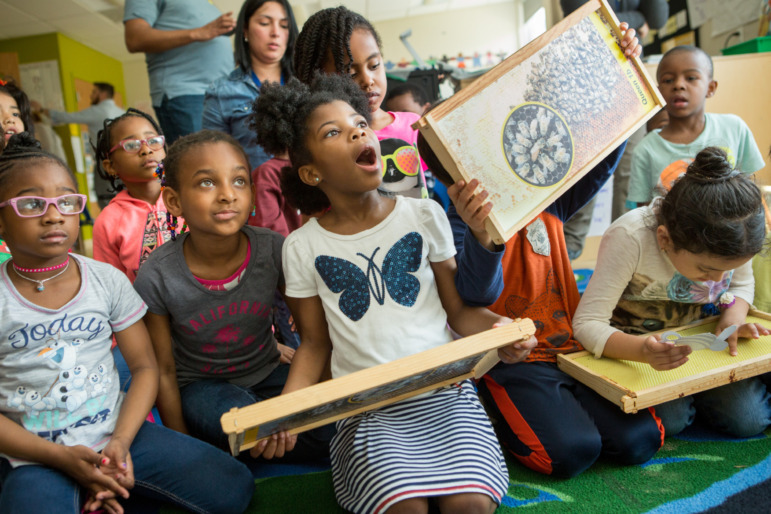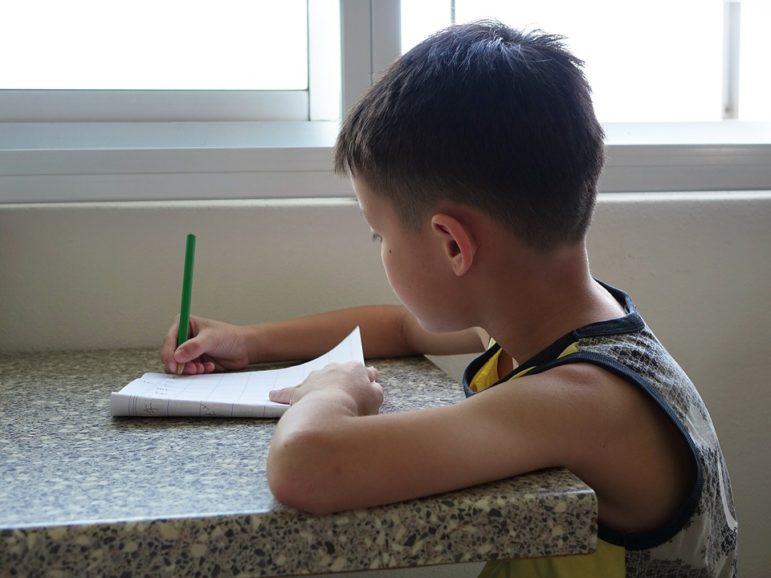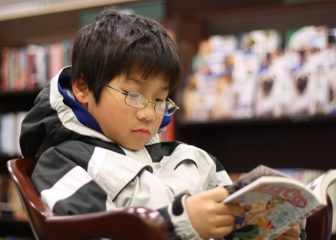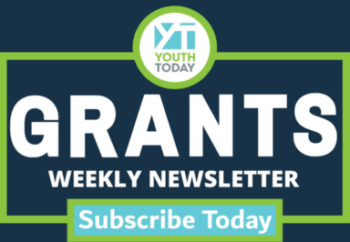This section provides resources that can be used when designing reading and writing activities during the out of school time (OST). It includes lesson plans, handouts and curricula that have been generated by programs and program staff.
The resources have been selected because they
- are designed specifically for the OST context or
- provide lessons and activities that can be adapted easily for the OST context.
In addition, while the listed activities support literacy, they also build upon youth development enrichment offerings, for example, the arts, social and emotional learning, and youth leadership/civic engagement.
Explore & Download These Resources

My Dreams Are Not a Secret: Teenagers in Metropolitan Detroit Speak Out
This collection of writing by teenagers in Metropolitan Detroit can provide a great source of reading materials for youth in out-of-school time programs, as well as the springboard for discussion and writing.
30 Ideas for Teaching Writing
This handout, developed by the National Writing Project, offers successful strategies contributed by experienced Writing Project teachers. Since NWP does not promote a single approach to teaching writing, readers will benefit from a variety of eclectic, classroom-tested techniques, which can easily be adapted for the out-of-school time context.
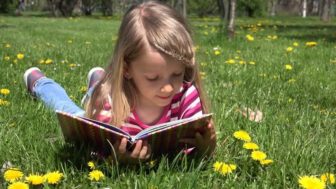
Reading is Fundamental
The Reading is Fundamental website is a rich resource for activities that can be used with children and youth in the out-of-school time. Lessons include downloadable forms and games, such as book character word searches, culturally aligned activities such as reading passports, and much more.
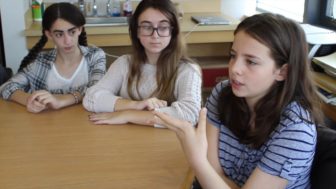
Making Media to Make Sense of Media
This blog is about a project of the Education Development Center called Adobe Youth Voices. The project’s goals include making youth media activities accessible for teachers, remove barriers for participation, encourage young people to formulate their own views on issues they care about, and make sure that all youth believe their views are worthy to share. The article provides strategies for instructors as well as links to resources and other media literacy materials.
» Go to Blog«
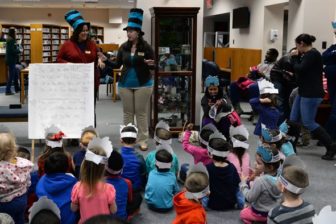
Author Study Toolkit
Developed by Reading Rockets, this publication is a step-by-step guide to engaging children and youth in an author study.
Graphic Novels For Young Kids
Similar to comic books, graphic novels weave rich, lively visuals with a limited amount of text to drive the narrative. Graphic novels can be especially appealing to young readers who are reluctant to pick up a more traditional book. Graphic novels are a great way to help struggling readers strengthen vocabulary, build reading confidence and stamina, and develop a deeper appreciation of storytelling. Perfect for summer reading programs!

Afterschool and Summer Reading with LGBTQ Content
This handout developed by Read,Write,Think provides activities and resources for developing lessons on books with LGBTQ content.
» Download the Article (PDF) «
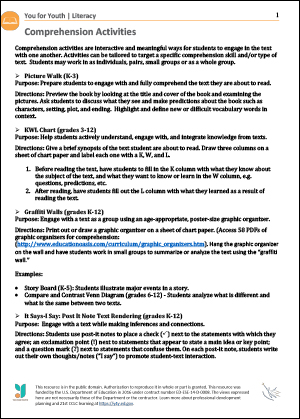
Literacy — Comprehension Activities
Comprehension activities are interactive and meaningful ways for students to engage in the text with one another.
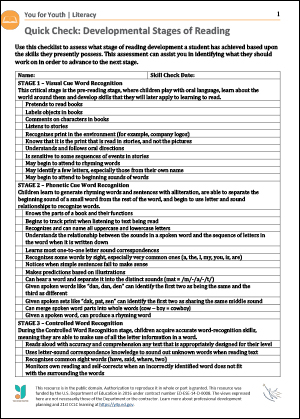
Quick Check: Developmental Stages of Reading
Use this checklist to assess what stage of reading development a student has achieved based upon the skills they presently possess.
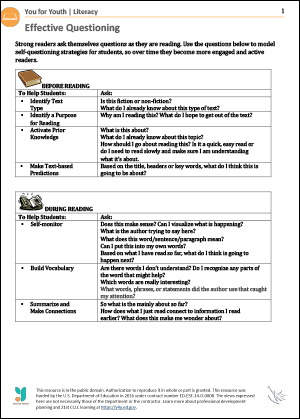
Literacy — Effective Questioning
Use these questions to model self-questioning strategies for students, so over time they become more engaged and active readers.
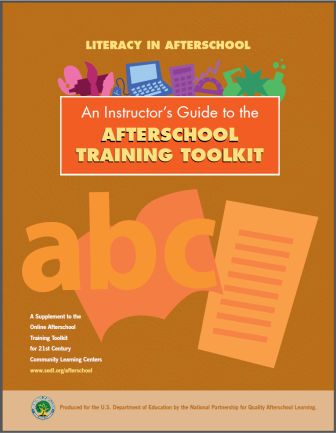
An Instructor’s Guide to the Afterschool Training Toolkit
The toolkit is divided into sections that address six content areas: the arts, math, science, technology, homework help, and the content area for this guide, literacy.
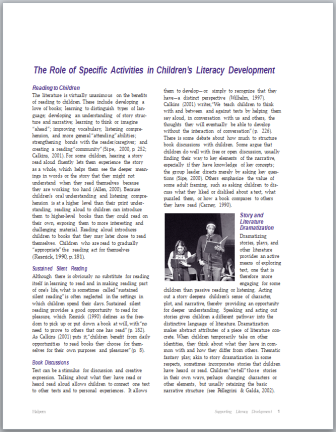
The Role of Specific Activities in Children’s Literacy Development
This resource examines the roles of specific types of reading activities, such as reading to children, sustained silent reading, book discussions and story dramatization.
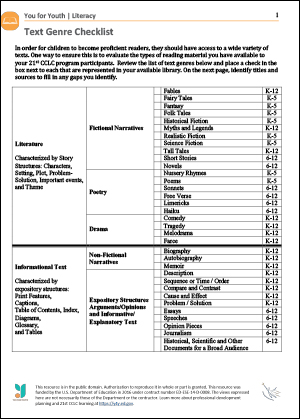
Literacy — Text Genre Checklist
In order for children to become proficient readers, they should have access to a wide variety of texts.
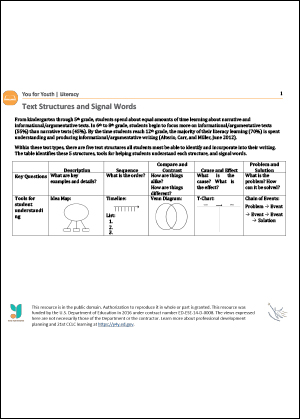
Literacy — Text Structures and Signal Words
This resource identifies 5 narrative structures, tools for helping students understand each structure, and signal words.




